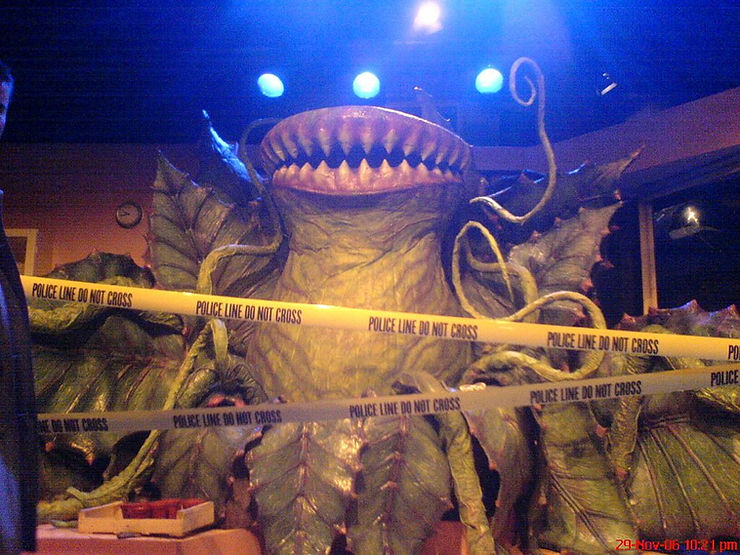By: Boya Hu
Most people have seen human eating plants in movies or plays: a popular example is The Little Shop of Horrors, a 1986 American horror comedy film directed by Roger Corman. Written by Charles B. Griffith, the film is a farce about a florist’s assistant who cultivates a plant that feeds on human blood. The plants in the film could appear as very real to audiences, but do they exist in real life?
No, these human eating plants are not real, but there are different kinds of plants that eat flies, insects, small mammals, and animal droppings. Many of these scary plants from movies and plays are based on real plants. Carnivorous plants, such as Hungry Floras, use traps, such as sticky leaves, to catch flies.
One of the most popular known carnivorous plants are Venus Flytraps. The first time an insect touches one of the hairs on one of the leaf tips, the Flytrap stays open, leaving an escape route. The second time, BANG! It shuts up tightly. There is no escape for the insect anymore. The Flytrap turns it in to a tasty soup that the plant slowly eats.
Another plant you might know is the Pitcher Plant. This is a fool-a-fly-plant. It is shaped to look like a vase and shaped leaves tempt insects with a sweet smell. However, the leaves are slippery traps. When a fly lands on one, it loses its grip, slipping inside the ‘vase’ and drowning in a pool of juice.
According to Andrew Charman, the author of Leaves Change Color and other Questions about Plants, Bladderworts are underwater eaters. Along the leaves of the Bladderwort are bubble-shaped bags that suck in tiny creatures as they pass. Shrimps, Krill, and others are sucked in quickly.
Sundews are snare-a-snack plant. Sundews have sticky leaves that are covered in gluelike droplets that sparkle. When an insect lands on a sticky leaf, it gets stuck quick. The more it struggles, the more it sticks. At last, the leaf folds over, traps the fly, and starts dissolving it into liquid food that it will drink.
There are many carnivorous plants, but thankfully none could really eat a person.











